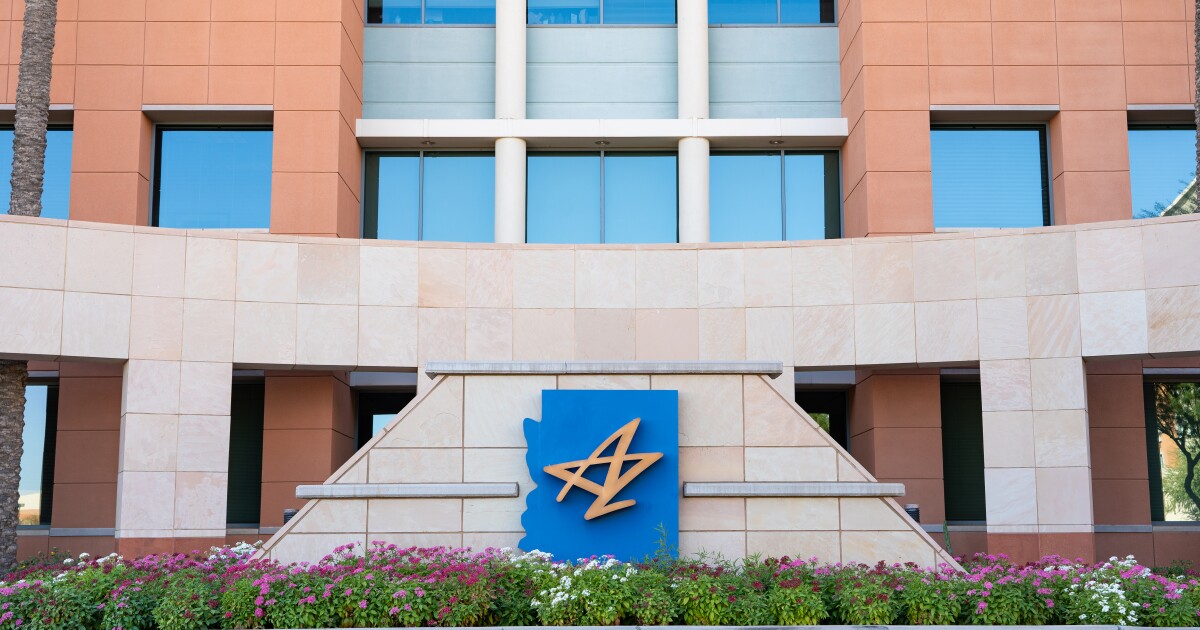“We’re in an era of instant gratification, where we’re not compared to other financial institutions, but rather to companies like Amazon, Apple, Google, and Facebook,” says OneAZ’s Chief Technology Officer Sandeep Uthra.
Arizona’s OneAZ Credit Union will explore the implementation of blockchain technology developed by San Francisco-based distributed ledger technology company Metallicus.
The partnership between $3.4 billion asset OneAZ and Metallicus was announced June 11. Metallicus has partnered with several credit unions since it unveiled its Metal Blockchain Banking Innovation Program in January, “leveraging its relationships with former banking executives and Federal Reserve members,” Metallicus said in an emailed statement to American Banker.
Many credit unions have been exploring newer technologies to cater to the needs of consumers and, more prominently, small businesses. For years, financial institutions have explored the idea of using encrypted blockchains for services like cross-border payments, accessible account opening, financial management and transaction processing.
In more recent years, financial institutions have shown higher confidence in distributed ledger capabilities.
Sandeep Uthra, executive vice president and chief technology officer at OneAZ and advisory council member for Metal Blockchain, will be working closely with Metallicus to assure the systems are technologically sound prior to integration.
Uthra said it was becoming increasingly necessary for credit unions to accommodate the “digital transformation” in financial services and “bring the overall banking ecosystem to their consumers in a secure manner.”
“We’re in an era of instant gratification, where we’re not compared to other financial institutions, but rather to companies like Amazon, Apple, Google and Facebook.”
Uthra could not comment on the licensing fees that OneAZ has paid to integrate Metallicus technology at this time, but he added that the credit union will likely see the highest return on investment in improved member experience, which should lead to customer retention and cross-sales.
In its current form, distributed ledger technology acts as a decentralized system in which individual nodes host a shared, immutable database. Each node is accessed with an encrypted key, ensuring that information can’t be manipulated. For credit unions, this can reduce technological and transfer costs, improve data security and act as intermediary in transactions, said Michael Katz, a Mannay Financial Services group fintech advisor.
Metallicus will work with OneAZ to develop a layer one protocol on its layer 0 blockchain, granting the credit union control of customized nodes.
However, as with OneAZ, most credit unions with distributed ledger partnerships are still in the preparatory research phase of implementation. Rather than outright replace existing credit union technologies, OneAZ intends to integrate these systems into its existing infrastructure, Uthra added.
Katz said OneAZ and other credit unions’ expanding adoption of blockchain-supported technologies will exponentially improve consumer usability.
“There’s a lot of opportunity around data verifiability using zero knowledge proof technology to maintain privacy while verifying data and financial data,” Katz said. “Integrating traditional institutions into the ecosystem accelerates the more consumer-friendly and UX-friendly products.”
And while some blockchain technologies, such as cryptocurrencies, have seen regulatory crackdowns, Katz said distributed ledger technology in financial institutions can curb concerns with “transparency and immutability.”
Metallicus said it plans to have more than 30 institutions in its Metal blockchain program by the end of the year. Uthra said OneAZ wanted to get ahead of this new technological shift.
“Credit unions are making great strides to pivot the banking technology landscape much faster than banks in many cases,” Uthra said. “Simplification and speed in meeting our members’ needs are key.”
This article was originally published by a www.americanbanker.com . Read the Original article here. .

